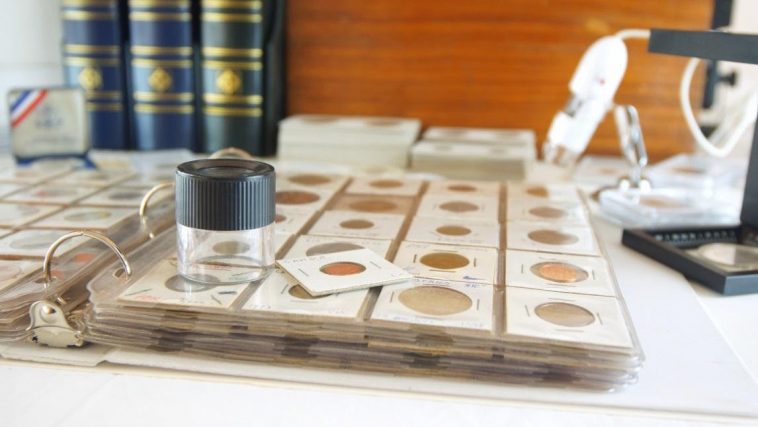If you have found yourself with extra time on your hands, it could be time to explore a new leisure pursuit. There is nothing like diving head-first into a new hobby.
Though, in a sea of options, it’s tough to find an activity worth investing your time in. Start-up costs, interest, and accessibility are worth considering.
However, if you enjoy learning about history, have an interest in rare artifacts, and enjoy a challenge, you may take a shine to numismatology.
This is the process of collecting and studying coins.
So, if you think you are ready to explore coin collecting, read on. This guide will explore some of the beginner’s essentials of coin collecting supplies.
Coin Collecting Guides
Before you pour out your spare change jars searching for treasures, you need to know what you are looking for. Every budding coin collector needs a guide or two to point them in the right direction.
There are many great guides to choose from. For example, The New York Times Guide to Coin Collecting offers a wealth of knowledge, including tips, coin creation, and care.
Another option is The MacMillan Encyclopedic Dictionary of Numismatics. Like any new hobby, coin collecting has an expansive lingo. This guide will give you a grip on the language and history involving coins.
These are both good options for beginners. Start with one and, as your knowledge and interests take a path, look for more niche guides. American coins aren’t the only options. There are rare foreign coins, coins for each branch of the military, and collector’s items.
Examination Equipment
The guides will tell you what watch out for. Now, its time to get hands-on. The naked-eye can’t always spot the intricate details of coins. One of the best coin collecting accessories is a magnifying glass or jeweler’s loupe.
Magnification grades can span anywhere from 2x to 40x. A good starters tool should be somewhere around 2-5 times magnification. This tool will help you spot imperfections, dates, and unique indicators on coins.
Furthermore, these examination tools are generally small enough to carry on your person. You can put them to use any time you find a lucky penny.
Coin Storage and Presentation
Once you have found some noteworthy coins, you can’t just toss them back in a drawer. Rare coins need to be properly stored or shown off to protect their value. There are three main types of coin holders.
Albums
Coin albums are books for coin presentation. They have cutouts that fit different types of coins. These are great for showing off a series of coins. They protect coins from handling but give you a chance to enjoy them.
Flips
Coin flips are small plastic holders for individual coins. You cannot only view both sides of a coin, but there is a carboard sleeve where you can write notes about your findings.
Tubes
Tubes are good for storing large amounts of coins that don’t need to be viewed. They come in any coin size and will protect them forever. These are perfect for longtime storage.
Get Your Coin Collecting Supplies and Make a Mint
These are merely the basics for numismatists. If you fall in love with this hobby, there are a ton more coin collecting supplies to choose from. So, what are you waiting for? Get to work looking for those rare coins.
Remember, coin collecting can evolve into a lifelong hobby. If you enjoyed this article, stick around the blog for more unique lifestyle ideas



